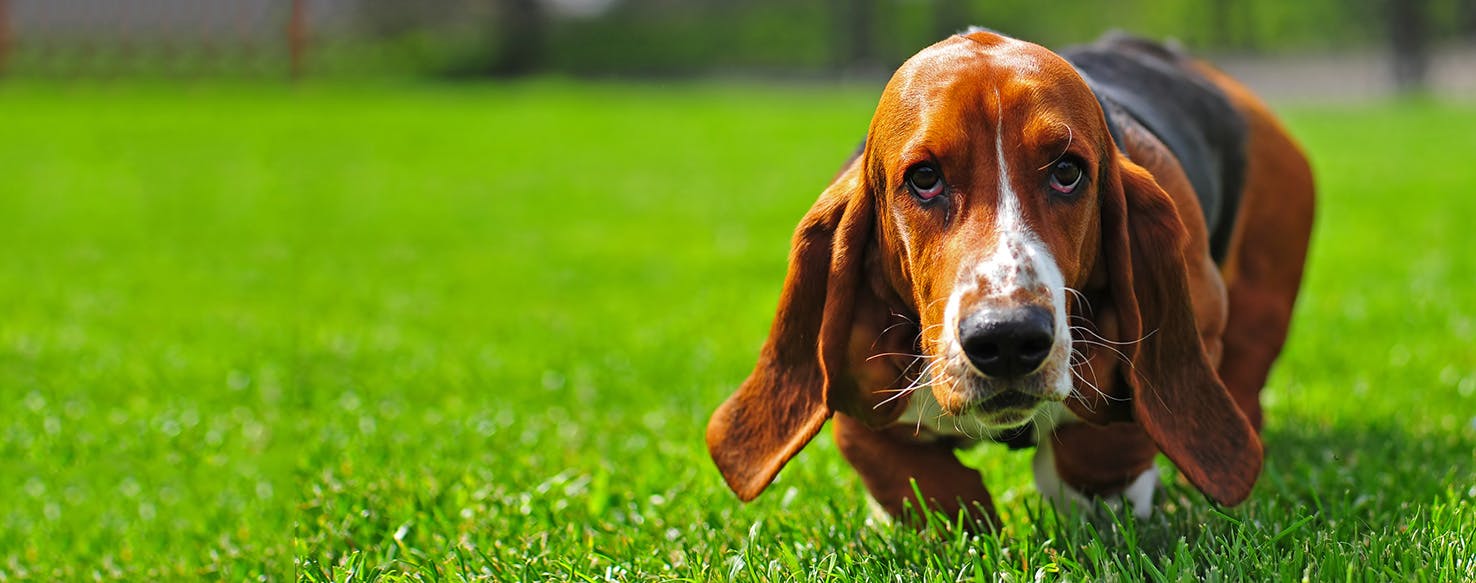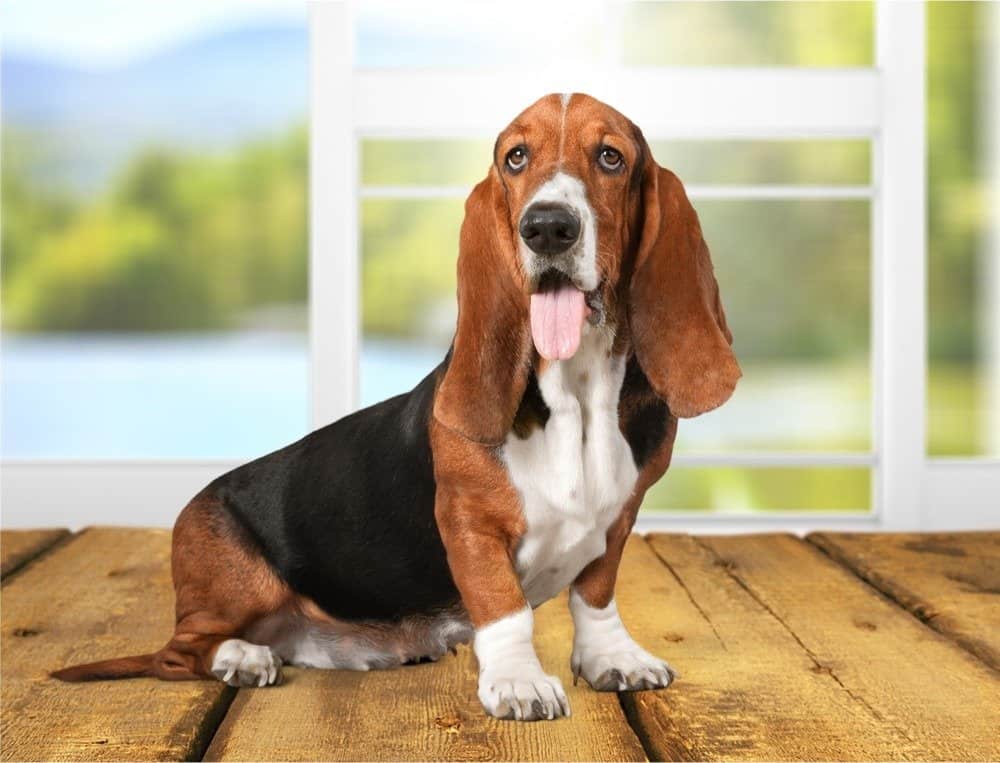Basset Hounds, with their droopy ears, soulful eyes, and short, stocky frames, are beloved for their laid-back demeanor and affectionate nature. Made famous by their roles in cartoons and advertising, these scent hounds exude charm—but potential owners often wonder: Do Basset Hounds have a lot of issues? Like all breeds, they come with unique challenges rooted in their history as hunting dogs bred to track game over long distances. From health concerns to behavioral quirks, their traits require intentional care. In this blog, we’ll explore the common issues faced by Basset Hounds and explain how dog running machines for sale—specifically designed to accommodate their needs—can play a role in managing these challenges.
Key Takeaways
-
Basset Hounds have many health issues like being overweight, joint pain, and ear infections. These problems need regular care.
-
Keeping your Basset Hound at a healthy weight is important. Good food and exercise help prevent serious health issues.
-
A dog treadmill gives safe, low-impact exercise. This protects their joints and helps control their weight.
-
Regular vet visits find health problems early. They help keep your Basset Hound healthy and happy.
-
Regular grooming and patient training make your Basset Hound more comfortable. This also improves their behavior and safety.

Common Issues in Basset Hounds: A Breed Shaped by Purpose
Basset Hounds were developed in France to hunt small game like rabbits, relying on their exceptional sense of smell, stamina, and low-to-the-ground build to track scents for hours. These traits, while advantageous for hunting, contribute to specific issues in modern life:
Obesity and Weight-Related Health Problems
Basset Hounds have a slow metabolism and an insatiable appetite, making them highly prone to obesity. Their short legs and heavy bodies mean extra weight puts immense strain on their joints, exacerbating conditions like hip dysplasia and arthritis. Obesity also increases the risk of diabetes, heart disease, and respiratory issues—particularly problematic given their tendency to snore and struggle with overheating. A study by the Association for Pet Obesity Prevention found that Basset Hounds are among the top 10 most obese dog breeds, with nearly 60% classified as overweight.
Joint and Bone Issues
Basset Hounds are likely to have joint and bone problems. Their body shape, with short legs and long backs, causes issues like hip dysplasia and luxating patella. These problems can cause joint pain and trouble moving.
The breed's body shape raises the risk of joint problems and arthritis. For example, early closure of the distal ulnar growth plate can cause limb deformities, leading to pain and lameness. Spotting these signs early can help you take care of your Basset Hound's health better.
Behavioral Challenges: Stubbornness and Scent-Driven Wanderlust

Basset Hounds are known for being independent, which can make them stubborn. This makes training them hard. Experts say to use patient, kind, and steady training methods. Harsh methods can make stubbornness worse.
Also, Basset Hounds love to follow scents. They may chase interesting smells, which can lead to dangerous situations. To keep them safe, always have your Basset Hound on a leash or in a fenced area.
-
Good training methods include:
-
Reward-based leash training
-
Teaching commands like "Watch Me" and "Heel"
-
Being patient and consistent during training
-
Exercise Aversion and Low Energy (When Not Scent-Tracking)
Basset Hounds can be lively when following scents, but they usually have low energy otherwise. This dislike for exercise can lead to obesity and other health issues. Regular exercise is key to keeping them healthy.
Using a dog treadmill can help them exercise in a safe space, especially when outdoor time is limited. This helps fight obesity and keeps your Basset Hound active.
Grooming and Skin Issues
Basset Hounds can also have grooming and skin problems. Their skin folds and droopy ears can trap moisture and dirt, causing infections. Common skin issues include:
-
Skin infections (yeast and bacterial)
-
Seborrhea, which causes oily skin and a strong smell
-
Allergies from environmental factors
To avoid these problems, you should have a regular grooming routine.
|
Grooming Task |
Recommended Frequency |
Purpose/Notes |
|---|---|---|
|
Brushing |
2-3 times per week |
Removes loose hair and keeps coat healthy |
|
Bathing |
Every 3-4 weeks |
Use dog shampoo to avoid drying out their skin |
|
Cleaning Wrinkles/Folds |
Daily |
Stops dirt and moisture buildup that can cause infections |
|
Ear Cleaning |
Weekly or every 1-2 weeks |
Stops ear infections |
|
Nail Trimming |
Every 2-4 weeks |
Keeps paws healthy and comfortable |
Regular grooming helps keep skin healthy and stops infections in Basset Hounds. If you see too much itching, redness, or hair loss, talk to your veterinarian.
How Dog Running Machines for Sale Help Basset Hounds

Basset Hounds have special challenges that need specific solutions. A dog running machine for sale can help you solve these problems well.
Controlled Exercise to Fight Obesity
Non-electric dog running machines allow Basset Hounds to exercise at a pace that suits their short legs, making it easier to burn calories without overexertion. Unlike forced walks where they may resist, the machine lets them set their speed, reducing stress and making exercise more enjoyable. Owners can gradually increase session duration—starting with 5–10 minutes daily—to build stamina, helping them shed excess weight safely. The consistent, low-impact movement boosts metabolism and muscle tone, which in turn supports joint health and reduces obesity-related risks.
Low-Impact Movement for Joint Care
Basset Hounds’ joints benefit from exercise that strengthens muscles without jarring impacts. Dog running machines with padded or slatted surfaces absorb shock, reducing strain on hips, elbows, and spines compared to walking on concrete. This makes them ideal for dogs with early-stage arthritis or dysplasia, as gentle movement keeps joints lubricated and muscles strong. For senior Bassets, short, daily sessions on the machine can maintain mobility without worsening pain.
Mental Stimulation to Reduce Bad Behaviors
While Basset Hounds may resist traditional exercise, dog running machines can be turned into a “game” that engages their minds. Placing a favorite toy or treat near the machine (out of reach but visible) gives them a goal, tapping into their desire to “hunt” or “achieve a mission.” Owners can also incorporate training commands during sessions—like “start” or “stop”—turning exercise into a mental challenge that reduces boredom. This helps redirect their energy from destructive behaviors to productive activity.
Weather-Proof Consistency for Lazy Days
Basset Hounds’ exercise routines often falter due to their own laziness or bad weather. A dog running machine provides a reliable indoor option, ensuring they get daily activity even when they refuse to go outside or rain limits walks. Consistency is key for weight management and joint health, and the machine removes excuses for skipping exercise—critical for a breed that would happily nap through their daily needs.
Helping Training and Leash Skills
Using a running machine can improve leash behavior by burning off excess energy before outdoor walks. A 10-minute session on the machine reduces their urge to pull, making walks more manageable. It also reinforces training, as they learn to follow commands (like “stay on” or “slow down”) in a controlled environment with fewer scent distractions. Over time, this can translate to better behavior during outdoor adventures.
Tips for Introducing a Basset Hound to a Dog Running Machine

Choosing the Right Dog Treadmill
Basset Hounds’ stubbornness means introducing them to a running machine requires creativity and patience:
-
Start with Temptation: Place treats on the machine’s surface to encourage them to step on voluntarily. Let them sniff and explore without pressure—rushing will trigger their resistance.
-
Keep Sessions Short and Positive: Begin with 2–3 minute sessions at a slow pace, rewarding them with praise and a favorite snack afterward. Gradually increase time by 1–2 minutes weekly, stopping if they show signs of stress (like lying down or refusing to move).
-
Use Scent Motivation: Rub a small amount of peanut butter or a drop of bacon grease on the machine’s frame (out of licking range) to pique their interest. The scent will encourage them to stay engaged during sessions.
-
Avoid Overexertion: Never force a Basset Hound to exercise beyond their comfort. Their heavy bodies and respiratory sensitivity mean they tire quickly—short, frequent sessions are better than long, exhausting ones.
-
Pair with Scent Games: After a machine session, play a scent-tracking game indoors (hiding treats under cups) to satisfy their hunting instinct, creating a positive association between exercise and mental reward.

Do Basset Hounds have a lot of issues? They face unique challenges rooted in their physical structure and hunting heritage, from obesity and joint pain to stubbornness and inactivity. However, these issues are manageable with proactive care—and dog running machines for sale play a valuable role in that care. By offering low-impact exercise, mental stimulation, and consistent activity, they help mitigate health risks and improve behavior, allowing Basset Hounds to live longer, healthier lives.
For owners willing to invest in their Basset’s well-being, a running machine is a tool that transforms challenges into opportunities for bonding and better health. After all, a healthy Basset Hound—with their wagging tail and soulful eyes—is a joy to behold, proving that with the right care, their charm far outweighs their issues.










0 Comments